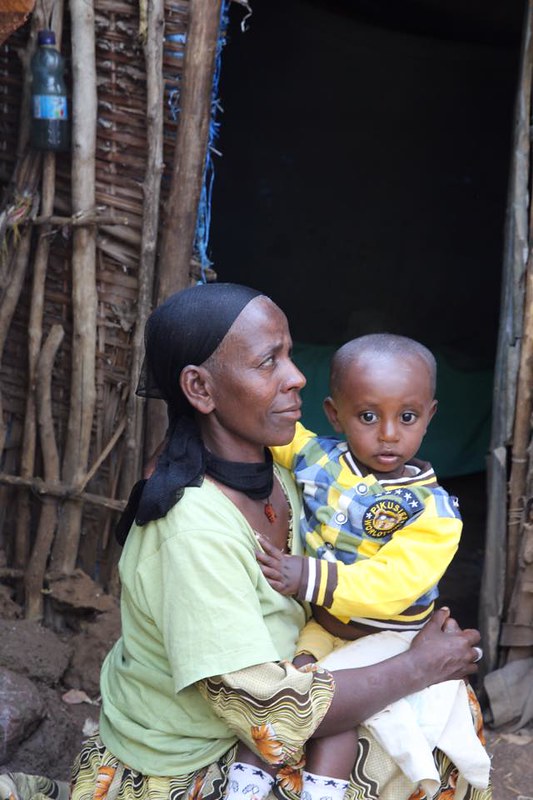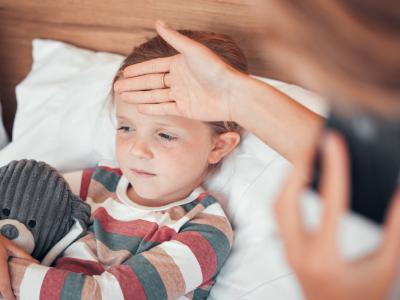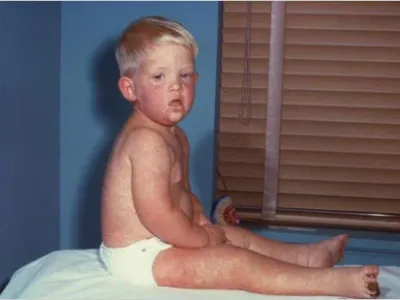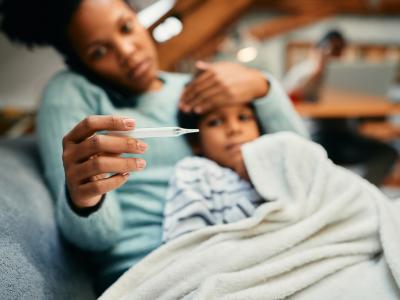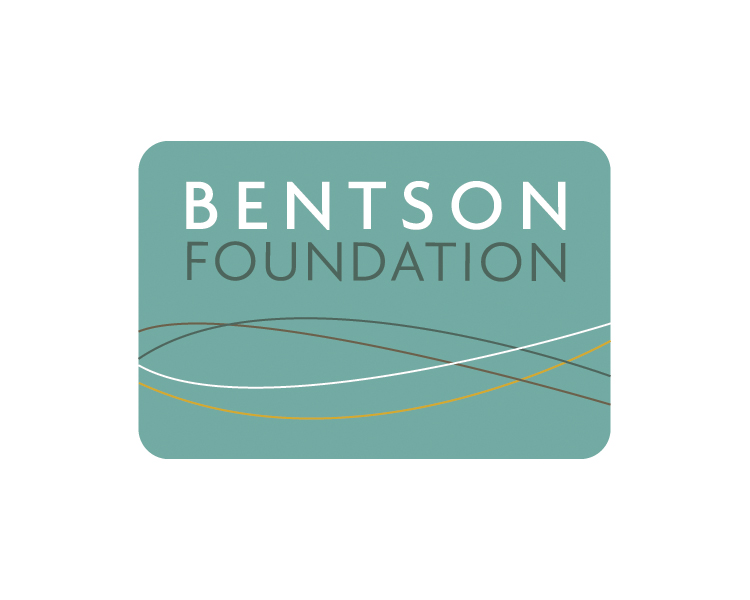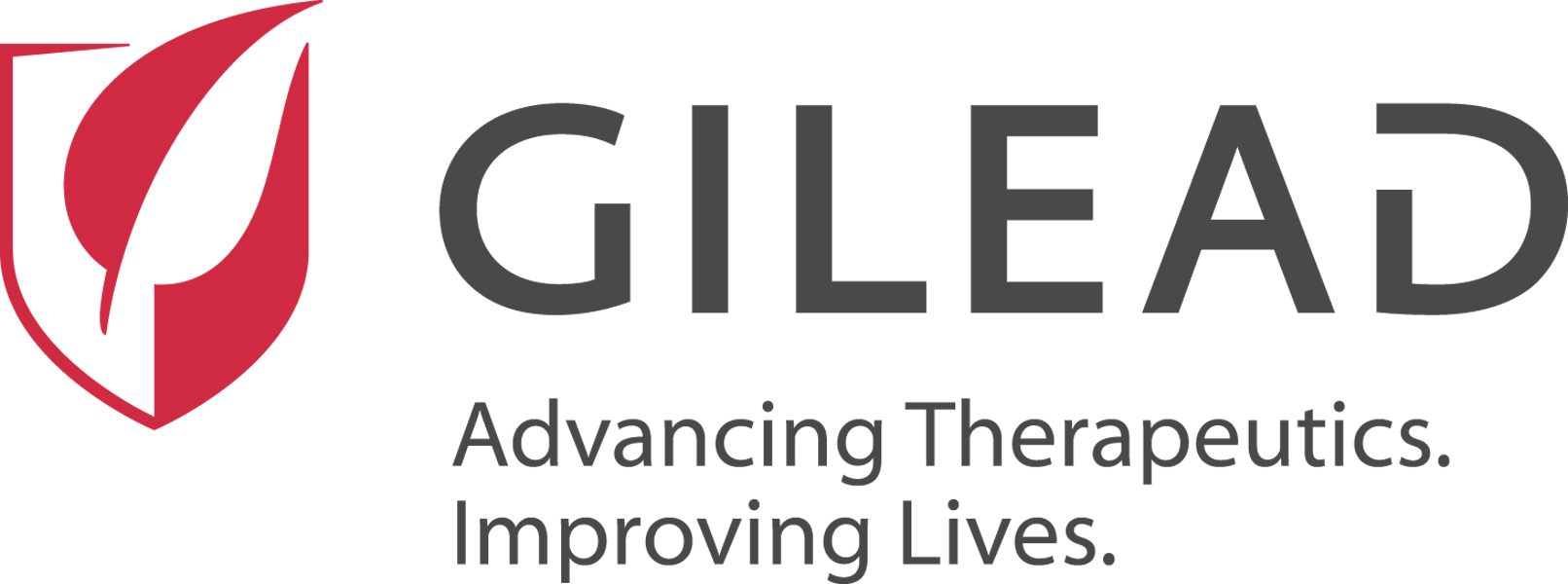A 32-year-old man who is the son of a man who died from a confirmed Nipah virus infection in India's Kerala state has tested positive in preliminary hospital testing, Onmanorama News reported today, which appears to lift the current outbreak total to five.
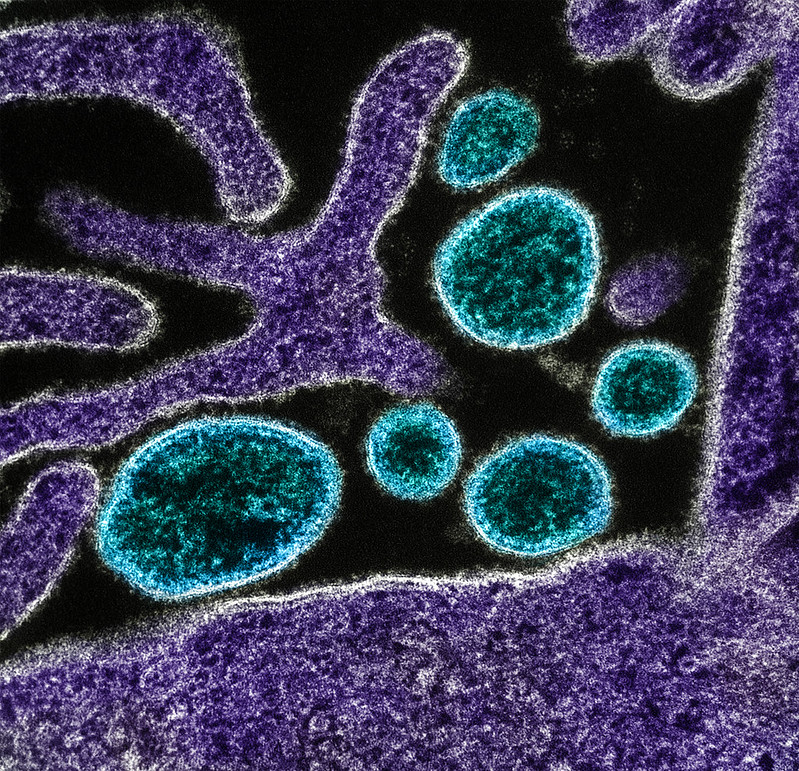
The man had accompanied his 58-year-old father, who died from his infection and appears to represent the fourth case, to the hospital. He was on the contact list and began having symptoms while under observation.
The outbreak is occurring in an area of Kerala state that has reported Nipah virus cases before. Besides the father and son, earlier outbreak patients include a 42-year-old woman from Malappuram district, an 18-year-old woman from Malappuram district who died from her illness, and a 38-year-old woman from Palakkad district.
Nipah virus is spread by fruit bats and can be transmitted between people. The virus can also be contracted by drinking palm sap or eating fruit contaminated with bat urine, droppings, or saliva. Nipah illness has a high case-fatality rate, and there are no specific treatments or vaccine, though trials are under way.
Human trials to launch for 2 vaccines
In other Nipah developments, Gavi yesterday in an update on Nipah virus vaccine development said human trials for two candidate vaccines will soon launch in Bangladesh, one of the countries to report ongoing sporadic human cases.
One is the ChAdOx1 NipahB vaccine developed at the University of Oxford that recently received the European Medicines Agency's PRIority MEdicines (PRIME) designation to accelerate regulatory approval. The vaccine’s development was funded by the Coalition for Epidemic Preparedness Innovations (CEPI). The other is PHV02 vaccine, a live, attenuated, recombinant vesicular stomatitis virus (rVSV) vector that expresses the glycoprotein of the Nipah virus (Bangladesh strain), which is also supported by CEPI and will soon enter a phase 2 trial.
